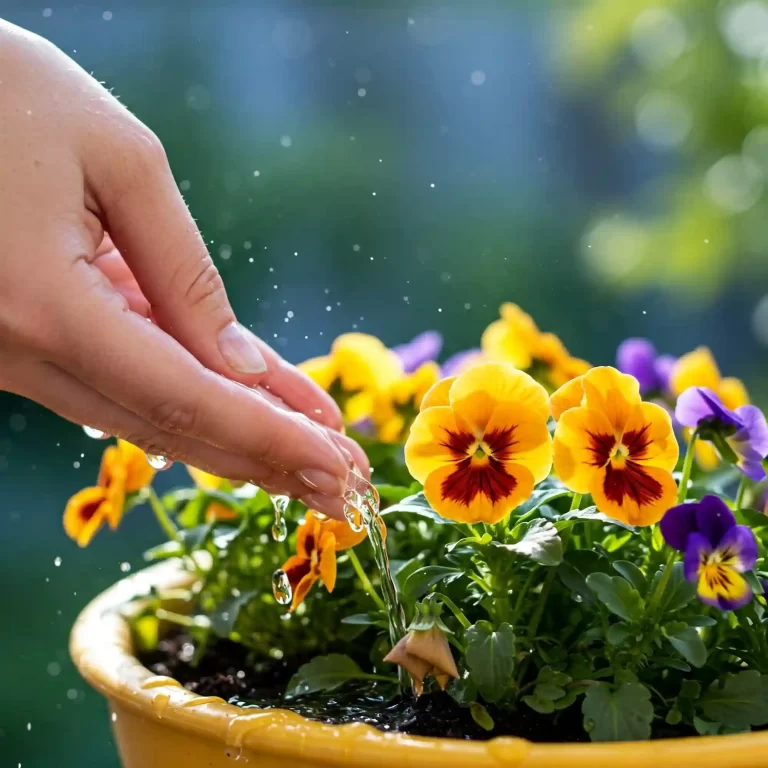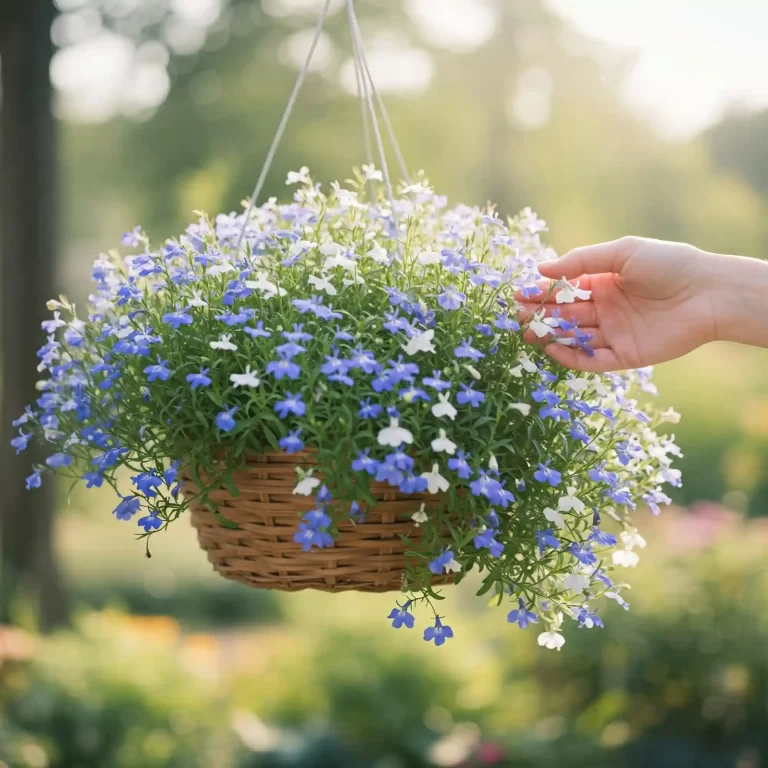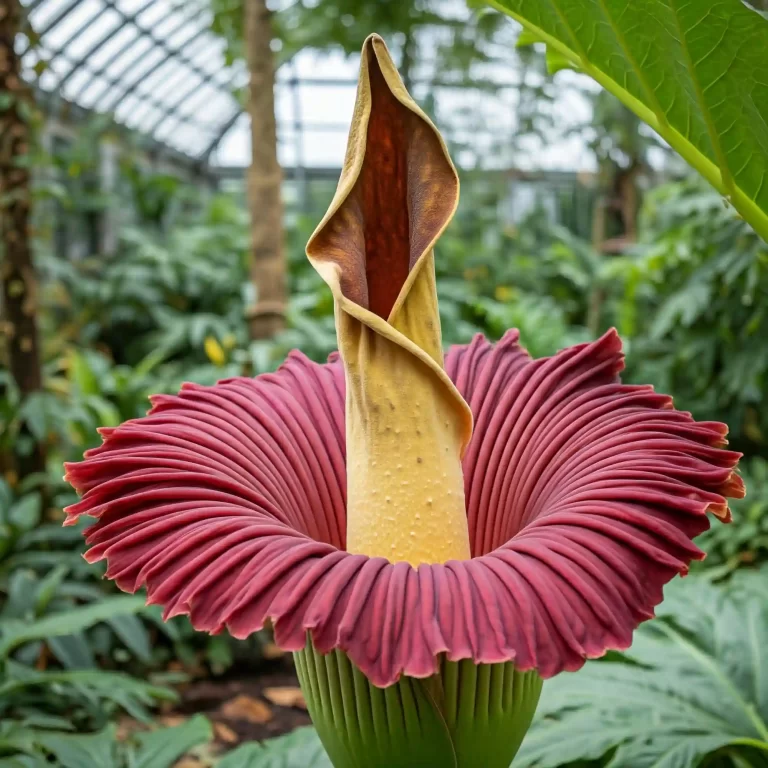Growing Star of Bethlehem flowers can be a rewarding experience for any gardener. These beautiful, star-shaped blooms add a touch of elegance to any garden. In this comprehensive guide, we’ll cover everything you need to know about how to grow Star of Bethlehem flowers, from planting to care and maintenance.
1. What Are Star of Bethlehem Flowers?
Overview of Star of Bethlehem Flowers
Problem: Many gardeners struggle to grow Star of Bethlehem flowers successfully due to a lack of understanding about their specific needs and characteristics.
Agitate: Without proper knowledge, these flowers may not bloom as expected, leading to frustration and disappointment. Gardeners may also face issues with pests, diseases, and improper soil conditions, which can further hinder the growth of these beautiful plants.
Solution: This guide will provide you with detailed information on how to grow Star of Bethlehem flowers, ensuring that you can enjoy their stunning blooms in your garden. By following these tips, you can overcome common challenges and create a thriving environment for your Star of Bethlehem flowers.
Botanical Name and Family
The Star of Bethlehem, scientifically known as Ornithogalum umbellatum, belongs to the Asparagaceae family. This perennial plant is native to the Mediterranean region but has become popular in gardens worldwide due to its striking white flowers that resemble stars.
Physical Characteristics
Star of Bethlehem flowers are known for their distinctive star-shaped blooms, which typically appear in late spring to early summer. Each flower has six white petals with a green stripe on the underside, creating a beautiful contrast. The plant grows from bulbs and produces narrow, grass-like leaves that form a basal rosette.
Bloom Time and Duration
These flowers usually bloom in late spring, around May or June, depending on the climate. The blooming period lasts for about three to four weeks, during which the flowers open in the morning and close by late afternoon. This unique blooming pattern adds an interesting dynamic to your garden.
Symbolism and Meaning
Star of Bethlehem flowers are often associated with purity, hope, and new beginnings. They are sometimes used in floral arrangements for weddings and other special occasions due to their elegant appearance and symbolic meaning.
2. Choosing the Right Location
Ideal Growing Conditions
Selecting the right location is crucial for the successful growth of Star of Bethlehem flowers. These plants thrive in well-drained soil and prefer a sunny or partially shaded spot in your garden.
Hardiness Zones
Star of Bethlehem flowers are hardy in USDA zones 4-9. This means they can tolerate a range of temperatures, from cold winters to hot summers. However, they may require some protection in areas with extreme weather conditions.
Sunlight Requirements
These flowers prefer full sun to partial shade. In regions with hot summers, providing some afternoon shade can help prevent the flowers from wilting. Ensure that the chosen location receives at least 4-6 hours of direct sunlight daily.
Soil Preferences
Star of Bethlehem flowers grow best in well-drained soil with a neutral to slightly alkaline pH. Sandy or loamy soils are ideal, as they provide good drainage and aeration. Avoid heavy clay soils, which can retain too much moisture and lead to bulb rot.
3. Preparing the Soil
Soil Preparation Tips
Proper soil preparation is essential for the healthy growth of Star of Bethlehem flowers. Here are some tips to ensure your soil is ready for planting:
- Test the Soil pH: Use a soil testing kit to determine the pH level of your soil. Aim for a pH between 6.0 and 7.5.
- Improve Drainage: If your soil is heavy or clay-like, amend it with organic matter such as compost or well-rotted manure to improve drainage.
- Add Nutrients: Incorporate a balanced fertilizer into the soil to provide essential nutrients for the bulbs.
Soil Type and pH
Star of Bethlehem flowers prefer well-drained, sandy or loamy soils with a neutral to slightly alkaline pH. If your soil is too acidic, you can add lime to raise the pH level. Conversely, if the soil is too alkaline, sulfur can be used to lower the pH.
Improving Soil Drainage
Good drainage is crucial for preventing bulb rot. To improve soil drainage, consider the following methods:
- Raised Beds: Planting in raised beds can help improve drainage, especially in areas with heavy clay soils.
- Organic Matter: Adding organic matter such as compost, peat moss, or well-rotted manure can enhance soil structure and drainage.
- Sand: Mixing sand into the soil can also improve drainage, particularly in heavy clay soils.
Adding Organic Matter
Incorporating organic matter into the soil not only improves drainage but also enhances soil fertility. Organic matter provides essential nutrients and improves soil structure, making it easier for the bulbs to establish roots and grow.
4. Planting Star of Bethlehem Bulbs
Step-by-Step Planting Guide
Planting Star of Bethlehem bulbs is a straightforward process. Follow these steps to ensure successful planting:
- Choose the Right Time: The best time to plant Star of Bethlehem bulbs is in the fall, about 6-8 weeks before the first expected frost.
- Prepare the Soil: Ensure the soil is well-drained and enriched with organic matter.
- Dig Holes: Dig holes that are about 3-4 inches deep and spaced 4-6 inches apart.
- Plant the Bulbs: Place the bulbs in the holes with the pointed end facing up.
- Cover and Water: Cover the bulbs with soil and water thoroughly.
When to Plant
The ideal time to plant Star of Bethlehem bulbs is in the fall, about 6-8 weeks before the first expected frost. This allows the bulbs to establish roots before the winter and ensures they are ready to bloom in the spring.
How to Plant Bulbs
Planting Star of Bethlehem bulbs is simple. Dig holes that are about 3-4 inches deep and spaced 4-6 inches apart. Place the bulbs in the holes with the pointed end facing up, cover with soil, and water thoroughly.
Spacing and Depth
Proper spacing and depth are crucial for the healthy growth of Star of Bethlehem flowers. Plant the bulbs about 3-4 inches deep and 4-6 inches apart. This spacing allows the bulbs to grow and spread without overcrowding.
5. Watering and Fertilizing
Watering Requirements
Star of Bethlehem flowers require consistent moisture, especially during the growing season. However, overwatering can lead to bulb rot, so it’s important to find a balance.
- Watering Schedule: Water the plants regularly, ensuring the soil remains moist but not waterlogged. During dry periods, increase the frequency of watering.
- Signs of Overwatering and Underwatering: Overwatered plants may show signs of yellowing leaves and bulb rot, while underwatered plants may have wilted leaves and stunted growth.
Fertilizing Tips
Fertilizing Star of Bethlehem flowers can enhance their growth and blooming. Use a balanced fertilizer to provide essential nutrients.
- Best Fertilizers to Use: A balanced fertilizer with equal parts nitrogen, phosphorus, and potassium (e.g., 10-10-10) is ideal.
- How Often to Fertilize: Apply fertilizer in the spring when new growth appears and again after the flowers have bloomed.
6. Sunlight Requirements
Understanding Sunlight Needs
Star of Bethlehem flowers thrive in full sun to partial shade. Understanding their sunlight needs is crucial for ensuring healthy growth and abundant blooms.
- Full Sun vs. Partial Shade: In regions with hot summers, providing some afternoon shade can help prevent the flowers from wilting. Ensure that the chosen location receives at least 4-6 hours of direct sunlight daily.
- Effects of Sunlight on Blooming: Adequate sunlight is essential for the flowers to bloom. Insufficient sunlight can result in fewer blooms and weaker plants.
7. Pruning and Maintenance
Pruning Techniques
Pruning is an important aspect of maintaining healthy Star of Bethlehem flowers. Proper pruning techniques can encourage new growth and prevent the spread of diseases.
- When and How to Prune: Prune the plants after the blooming period, removing spent flowers and dead or damaged leaves. Use clean, sharp tools to make clean cuts.
- Deadheading Spent Blooms: Deadheading, or removing spent blooms, can encourage the plant to produce more flowers and prevent the formation of seeds.
General Maintenance Tips
Regular maintenance is essential for the healthy growth of Star of Bethlehem flowers. Here are some general tips to keep your plants thriving:
- Mulching: Apply a layer of mulch around the plants to retain moisture and suppress weeds.
- Winter Care: In colder regions, provide some protection for the bulbs during the winter months. Cover the planting area with a layer of mulch or straw to insulate the bulbs.
8. Common Pests and Diseases
Identifying Pests and Diseases
Star of Bethlehem flowers can be affected by various pests and diseases. Identifying and addressing these issues promptly can prevent significant damage to your plants.
- Common Pests: Aphids, spider mites, and slugs are common pests that can affect Star of Bethlehem flowers. Regularly inspect your plants for signs of infestation.
- Common Diseases: Fungal diseases such as botrytis and bulb rot can affect these flowers. Ensure proper spacing and good air circulation to prevent fungal infections.
Treatment and Prevention
Effective treatment and prevention strategies can help keep your Star of Bethlehem flowers healthy.
- Organic and Chemical Solutions: Use organic solutions such as neem oil or insecticidal soap to control pests. Chemical fungicides can be used to treat fungal diseases. Always follow the manufacturer’s instructions when using chemical treatments.
- Preventative Measures: To prevent pest and disease issues, practice good garden hygiene. Remove any dead or diseased plant material promptly and avoid overhead watering to reduce the risk of fungal infections.
9. Propagation Methods
How to Propagate Star of Bethlehem
Propagation is a great way to increase your stock of Star of Bethlehem flowers. There are several methods you can use to propagate these plants.
- Propagation by Division: The most common method of propagating Star of Bethlehem is by dividing the bulbs. This should be done in the fall after the foliage has died back. Carefully dig up the bulbs, separate the offsets, and replant them in a prepared bed.
- Propagation by Seed: While less common, Star of Bethlehem can also be propagated by seed. Sow the seeds in a well-drained seed-starting mix and keep them moist until they germinate. This method can take longer to produce flowering plants.
- Best Time for Propagation: The best time to propagate Star of Bethlehem is in the fall, allowing the new plants to establish roots before the winter.
10. Tips for Growing Star of Bethlehem in Containers
Container Gardening Basics
Growing Star of Bethlehem flowers in containers is a great option for gardeners with limited space or those who want to add a touch of beauty to their patios or balconies.
- Choosing the Right Container: Select a container that is at least 8-10 inches deep and has drainage holes to prevent waterlogging. Terra cotta pots are a good choice as they allow for better air circulation.
- Soil and Drainage for Containers: Use a well-draining potting mix and add some perlite or sand to improve drainage. Ensure the container has adequate drainage holes to prevent water from accumulating at the bottom.
- Care Tips for Container Plants: Water the plants regularly, but allow the soil to dry out slightly between waterings. Fertilize with a balanced liquid fertilizer every 4-6 weeks during the growing season.
11. Frequently Asked Questions
Common Questions About Growing Star of Bethlehem
- How long do Star of Bethlehem flowers bloom?: Star of Bethlehem flowers typically bloom for about three to four weeks in late spring to early summer.
- Are Star of Bethlehem flowers invasive?: In some regions, Star of Bethlehem can become invasive due to its ability to spread rapidly through bulb offsets. Regular maintenance and removal of excess bulbs can help control its spread.
- Can Star of Bethlehem be grown indoors?: Yes, Star of Bethlehem can be grown indoors in containers. Ensure they receive adequate sunlight and are planted in well-draining soil.
- How do I store bulbs over winter?: If you live in a region with harsh winters, you can dig up the bulbs after the foliage has died back and store them in a cool, dry place until spring.
Conclusion
Growing Star of Bethlehem flowers can be a delightful addition to your garden. By following these tips and guidelines, you can ensure that your Star of Bethlehem flowers thrive and bring beauty to your outdoor space. Happy gardening!
Ready to start growing your own Star of Bethlehem flowers? Share your gardening experiences and tips in the comments below, and don’t forget to subscribe to our newsletter for more gardening advice and inspiration!
This comprehensive guide provides detailed information on how to grow Star of Bethlehem flowers, ensuring that all aspects of their care and maintenance are covered. If you need further details or specific problem, feel free to ask!




